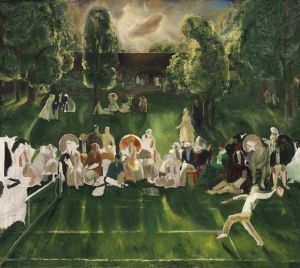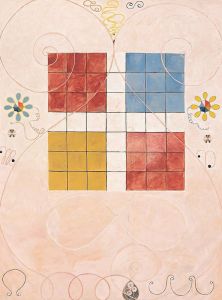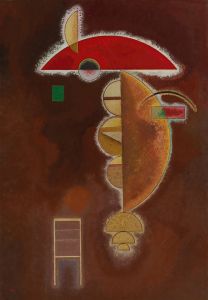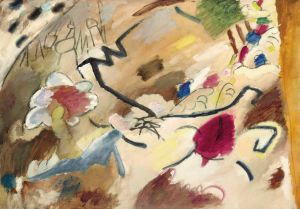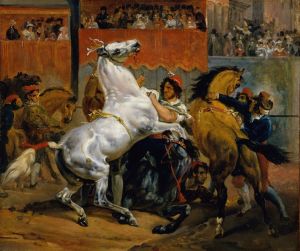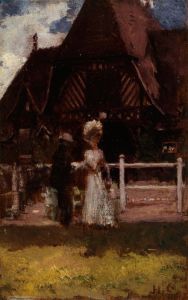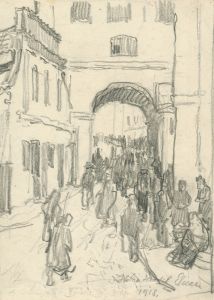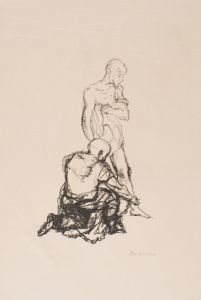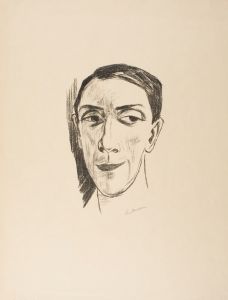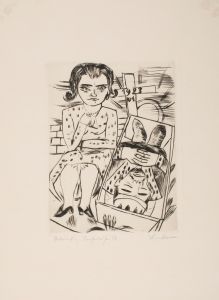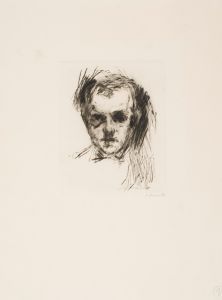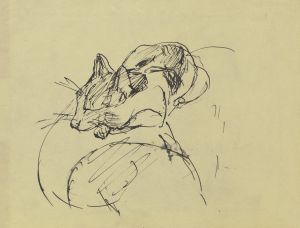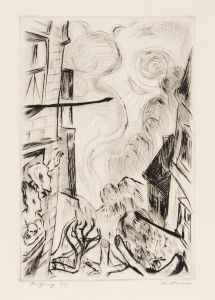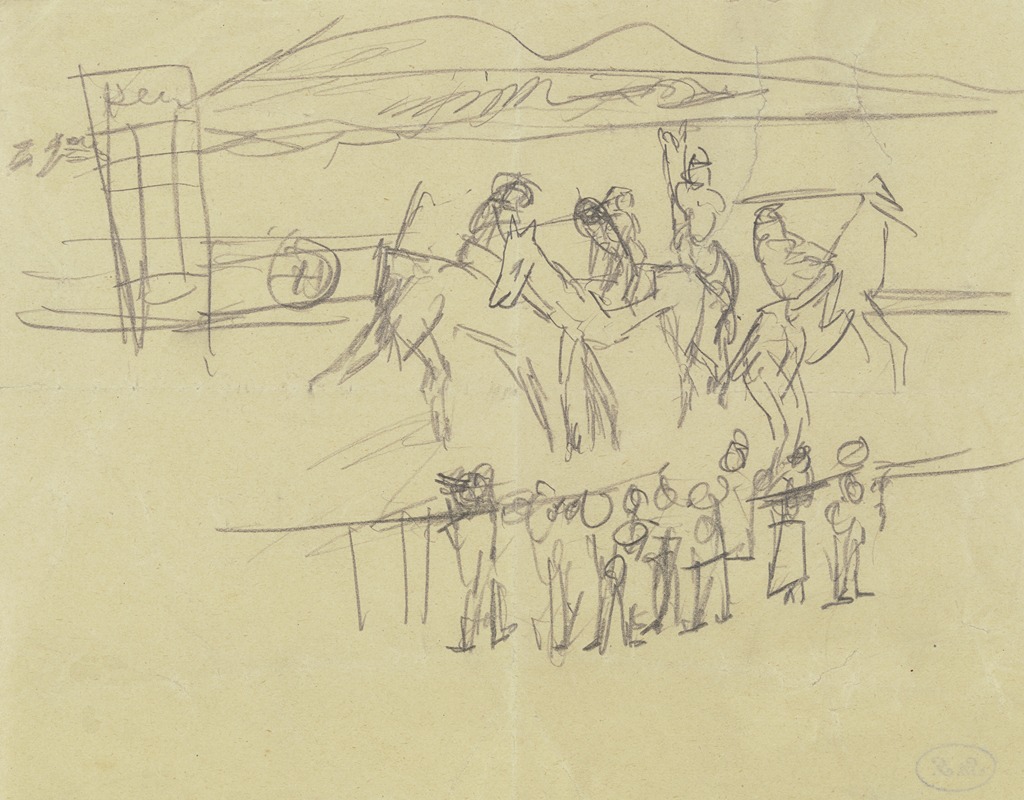
Horse racing
A hand-painted replica of Max Beckmann’s masterpiece Horse racing, meticulously crafted by professional artists to capture the true essence of the original. Each piece is created with museum-quality canvas and rare mineral pigments, carefully painted by experienced artists with delicate brushstrokes and rich, layered colors to perfectly recreate the texture of the original artwork. Unlike machine-printed reproductions, this hand-painted version brings the painting to life, infused with the artist’s emotions and skill in every stroke. Whether for personal collection or home decoration, it instantly elevates the artistic atmosphere of any space.
Max Beckmann (1884–1950) was a German painter, draftsman, printmaker, and sculptor, known for his distinctive style that combined elements of Expressionism, New Objectivity, and Symbolism. Among his many works, "Horse Racing" is one of his notable paintings, though detailed information about this specific artwork is limited.
"Horse Racing" reflects Beckmann's interest in capturing dynamic scenes of modern life, often infused with psychological depth and symbolic undertones. The painting depicts a horse race, a subject that allowed Beckmann to explore themes of movement, competition, and the spectacle of public events. His use of bold colors, strong lines, and compressed space creates a sense of intensity and immediacy, characteristic of his mature style.
Beckmann frequently drew inspiration from urban life, entertainment, and the human condition, and horse racing was a popular subject in modern art during the early 20th century. The painting likely reflects his broader interest in the interplay between human activity and existential themes. However, without specific documentation or commentary from Beckmann himself, the exact motivations or interpretations behind "Horse Racing" remain unclear.
Beckmann's career was deeply affected by the political and social upheavals of his time. He served as a medical orderly during World War I, an experience that profoundly influenced his artistic vision. Later, during the Nazi regime, his work was labeled as "degenerate art," and he was forced to flee Germany in 1937. He spent the remainder of his life in exile, first in the Netherlands and later in the United States.
While "Horse Racing" is not as widely discussed as some of Beckmann's other works, such as his triptychs or self-portraits, it remains an example of his ability to capture the complexities of modern life through his unique artistic lens. The painting is housed in a private collection or museum, though specific details about its current location or provenance are not readily available.
Due to the limited information about this specific artwork, further research into exhibition catalogs, museum records, or Beckmann's personal writings may provide additional insights. For now, "Horse Racing" stands as a testament to Beckmann's enduring legacy as one of the most significant artists of the 20th century.





